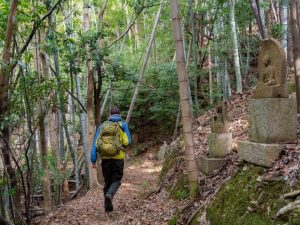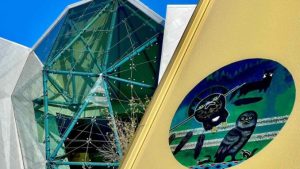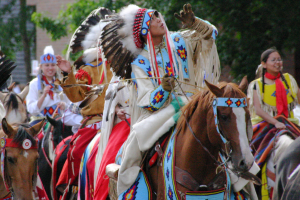A Sloth and Wildlife Sanctuary
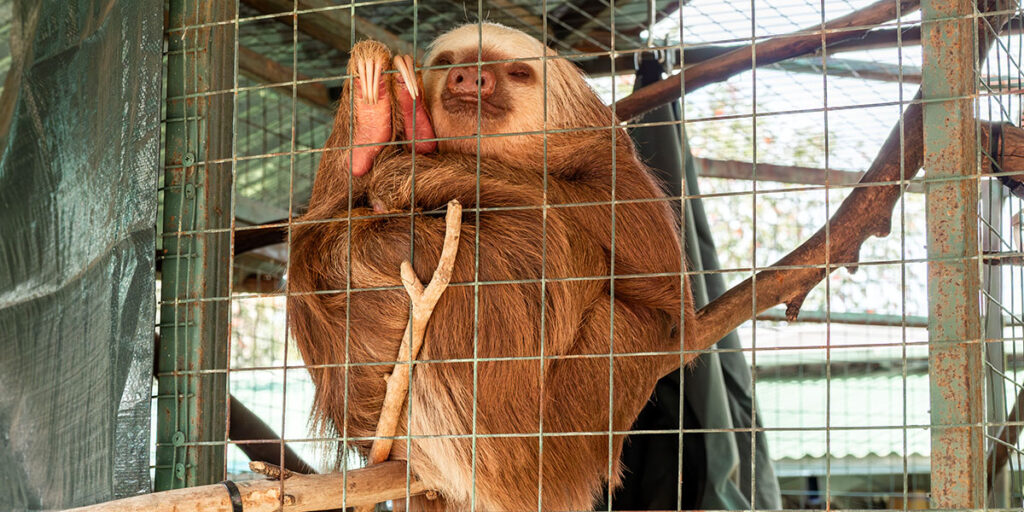
Advertisement: Click here to learn how to Generate Art From Text
Some sanctuaries out there aren’t all that they claim to be. They hide behind the mask of “sanctuary” when they’re simply a tourist attraction looking to make money off the backs of captive wild animals. Thankfully, Toucan Rescue ranch is the real deal. This sanctuary does so much good and I’m so pleased to share this wonderful organization with you.
Learn about toucans rescued from the wild, sloths rescued and other wildlife. There isn’t a sloth selfie in sight. In fact, you’ll learn about all the reasons why you should never hug a sloth during an educational tour of the property. I visited the Toucan Rescue Ranch, where I learned about the ranch’s mission to rescue and rehabilitate animals before releasing them back into the wild.
Posts can be sponsored. Post contains affiliate links. I may receive compensation if you purchase something using my link.

Toucan Rescue ranch
Toucan Rescue Ranch has as its goal to rescue, rehabilitate & release Costa Rican Wildlife back into the Wild. Leslie Howle, Jorge Murillo and their team founded the Toucan Rescue Ranch in 2004 with the goal of helping toucans.


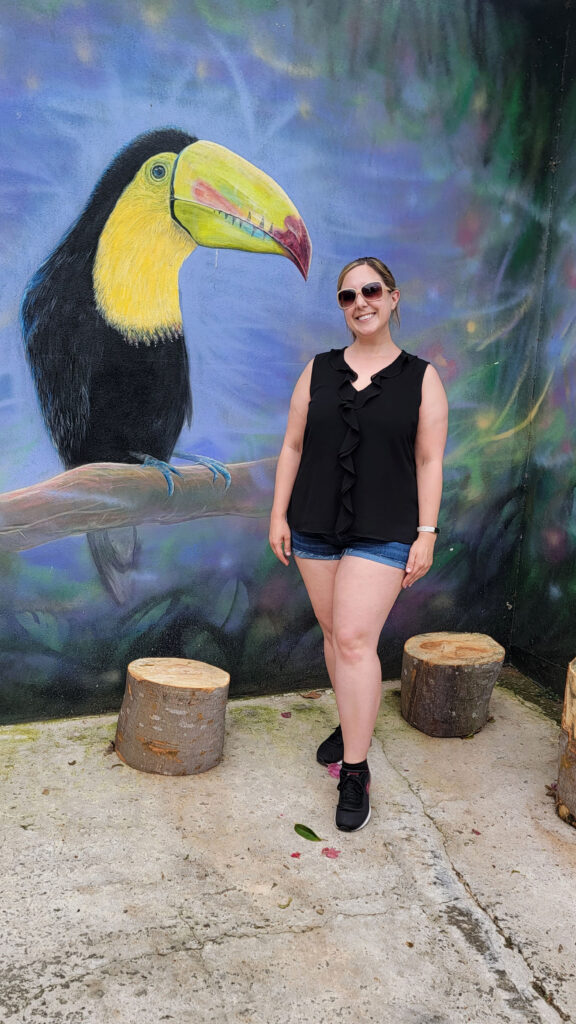

Many of the sick and injured animals, as well as those that have been displaced and confiscated (victims of animal trafficking), come from the Costa Rican government’s Ministry of Environment and Energy of Costa Rica. MINAE brought more birds to Toucan Rescue Ranch when they saw the success of the toucan program.
In 2007, MINAE sent its first sloth, named Millie, to the Toucan Rescue Ranch. Millie was the first sloth brought to Toucan Rescue Ranch by MINAE.
Toucan Rescue Ranch now houses many native wildlife species, including wild cat, porcupine, kinkajous weasels parrots monkeys and more. Toucan Rescue Ranch is a ranch that specializes in caring for sloths, owls, and toucans. Each species has a specialized rehabilitation program.
Toucan Rescue Ranch also has captive breeding programs that include all six species. They also have breeding programmes for owls like native Striped Owls. Barn Owls. Pygmy Owls.
Toucan Rescue Ranch is very careful to only breed birds for release into the wild. These birds are not allowed to have any human contact, to ensure they remain wild. They’re the only organization in Costa Rica (and second in the world) to successfully release captive-bred Emerald Toucanets.
Toucan Rescue Ranch Educational Tour
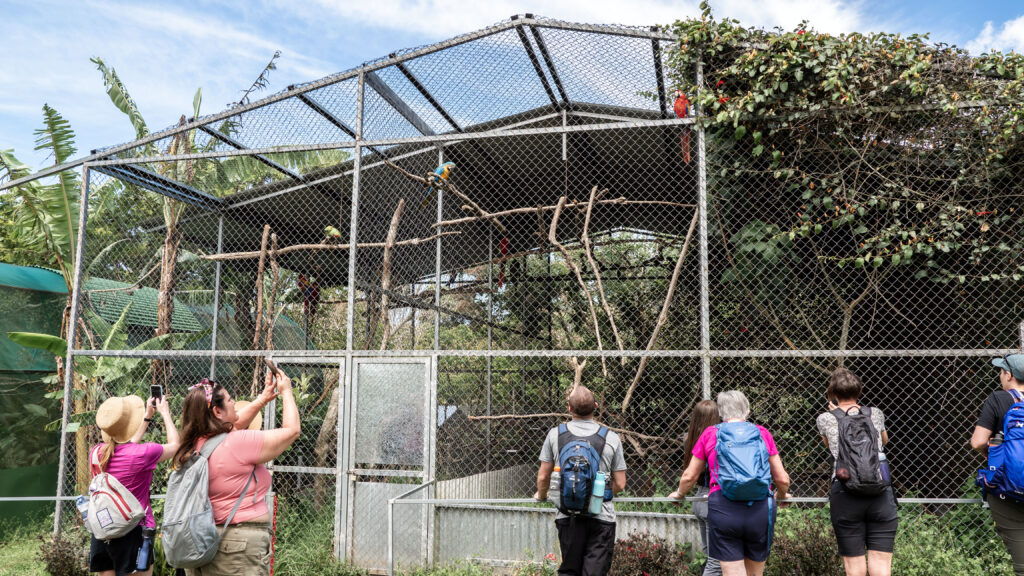

The Toucan Rescue Ranch provides educational tours on-site and virtually. When I went to Costa Rica I visited the Toucan Rescue RanchA two-hour guided tour can be done in person.
You’ll need to purchase a ticket in advance from their website in order to take any of their tours. Please note that Mondays are closed at the sanctuary. You can choose between an English or Spanish tour.
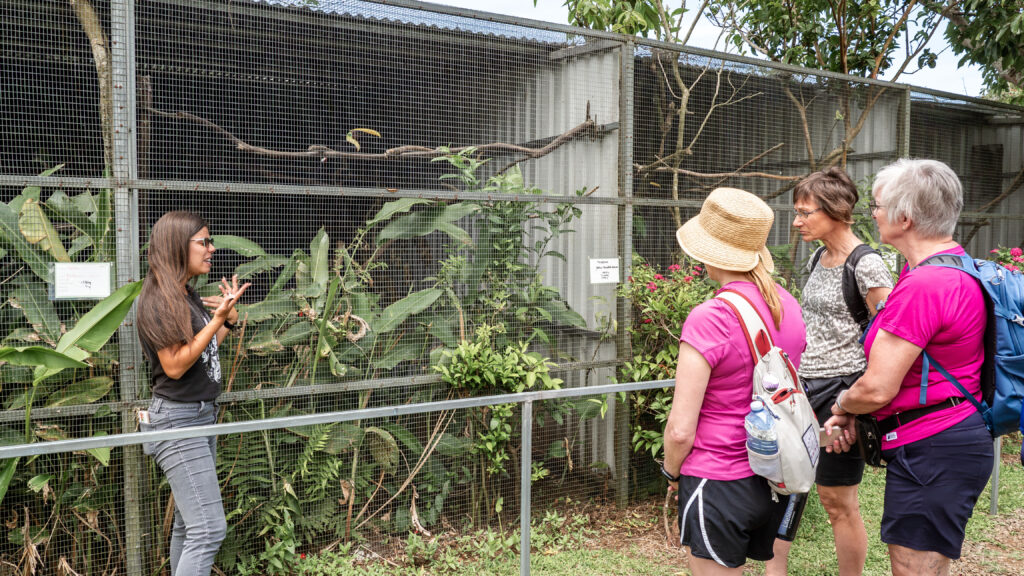



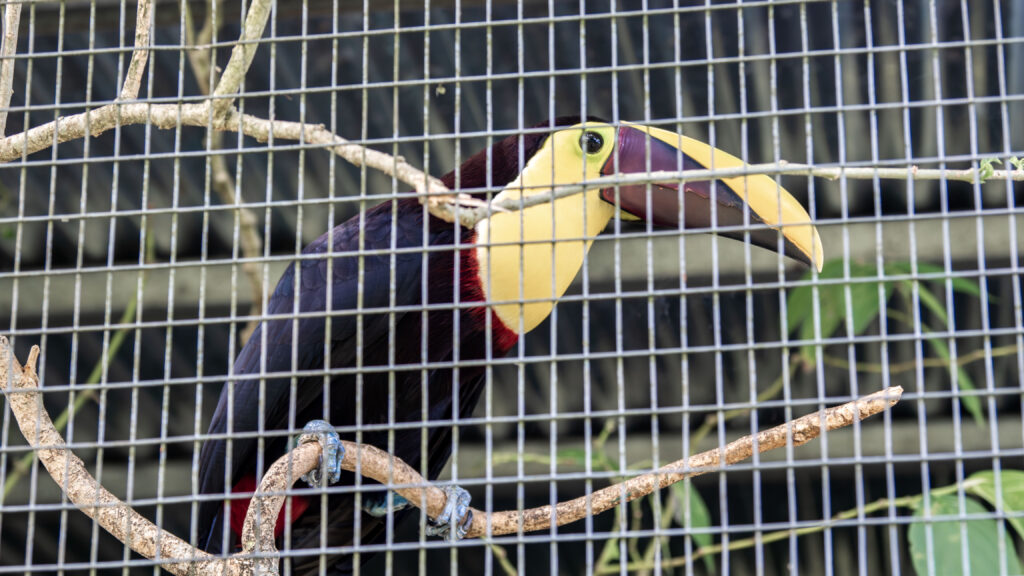

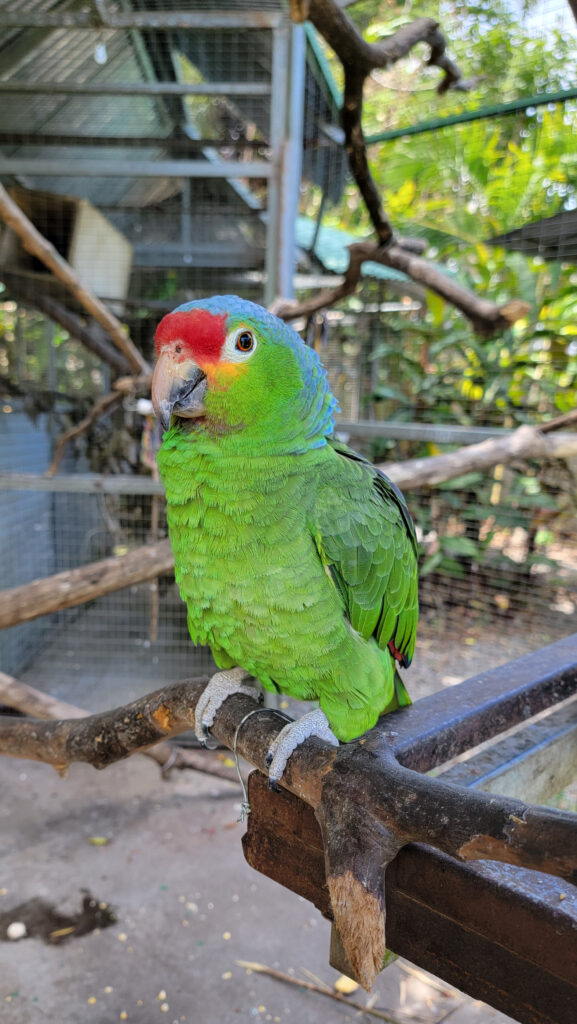

After a brief introduction and history about the Toucan Rescue Ranch join your knowledgeable tour guide to meet the permanent inhabitants. You won’t meet any of the toucans, sloths or other wildlife that are being rehabilitated for release back into the wild. It’s important these animals have little to no human interaction so they can become wild once again.
The Toucan Rescue Ranch is home to permanent residents who are ambassadors of their species. The sanctuary is a great place to take a walk and see sloths (parrots), toucans (toucans), spider monkeys (weasels), cats, and many more.
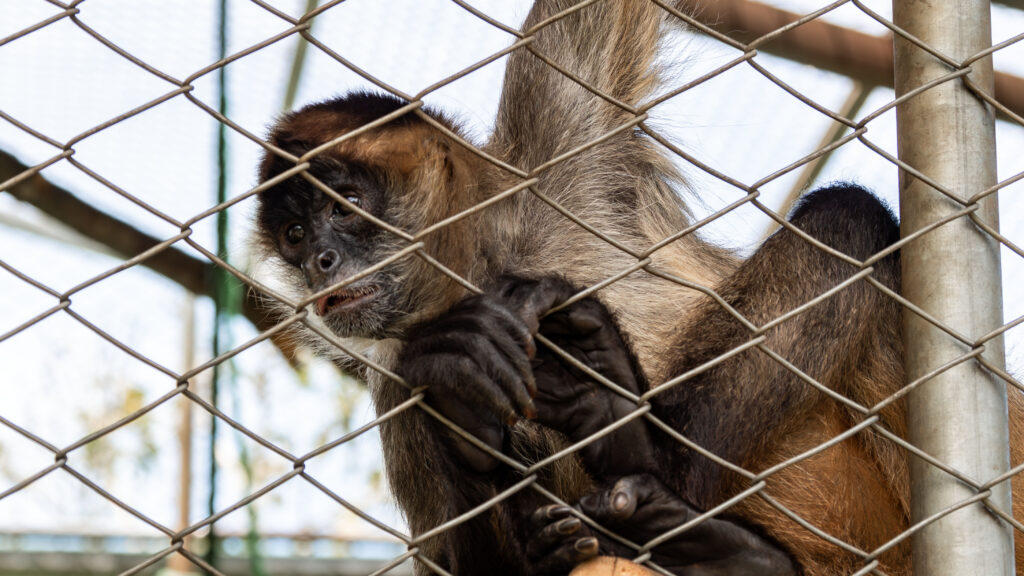

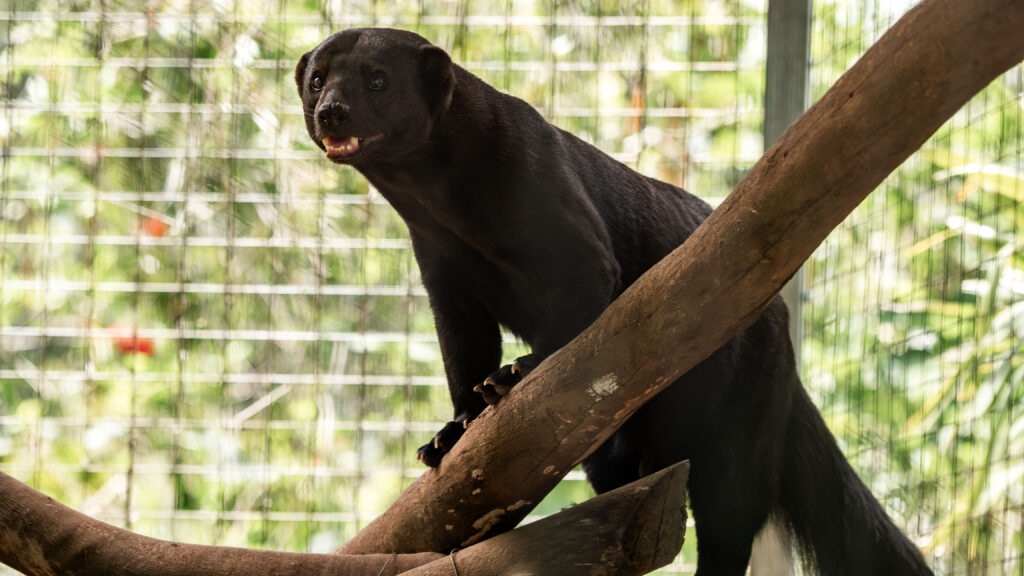

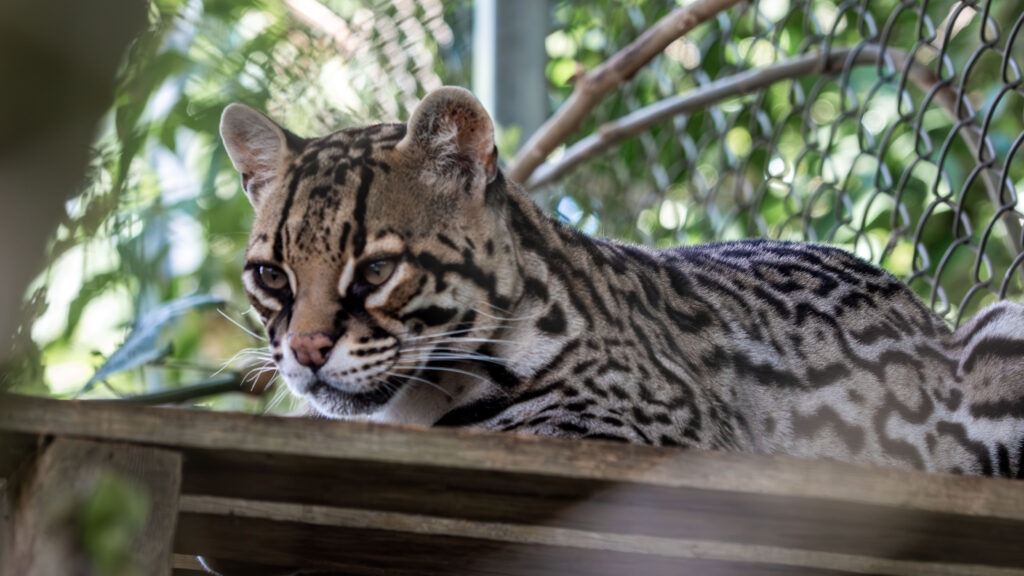

The guides will teach you about the sanctuary’s mission and goals, as well as details about each individual species. You can also ask as many questions as you’d like on the way. This walking tour is held in a beautiful, native garden.
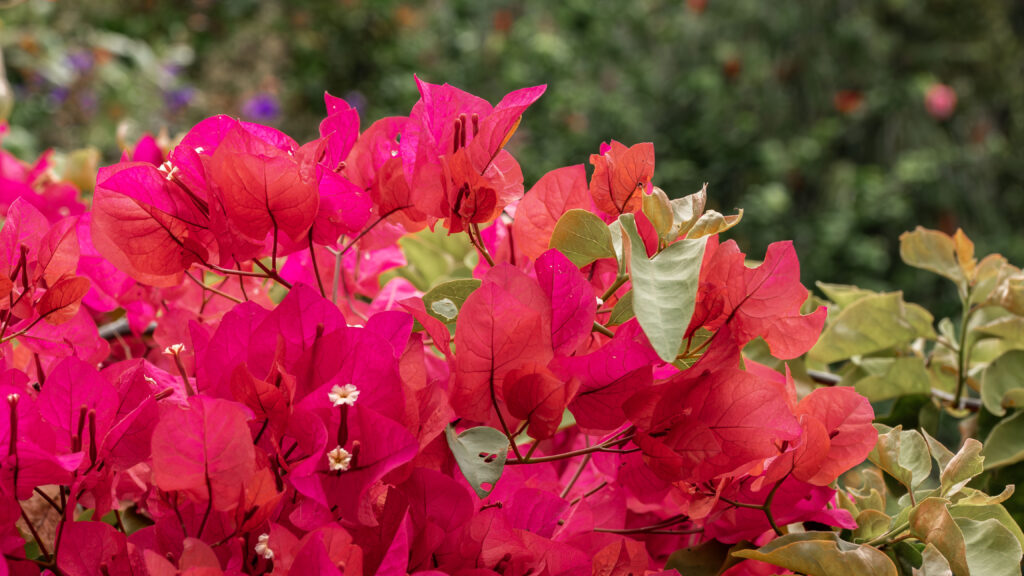

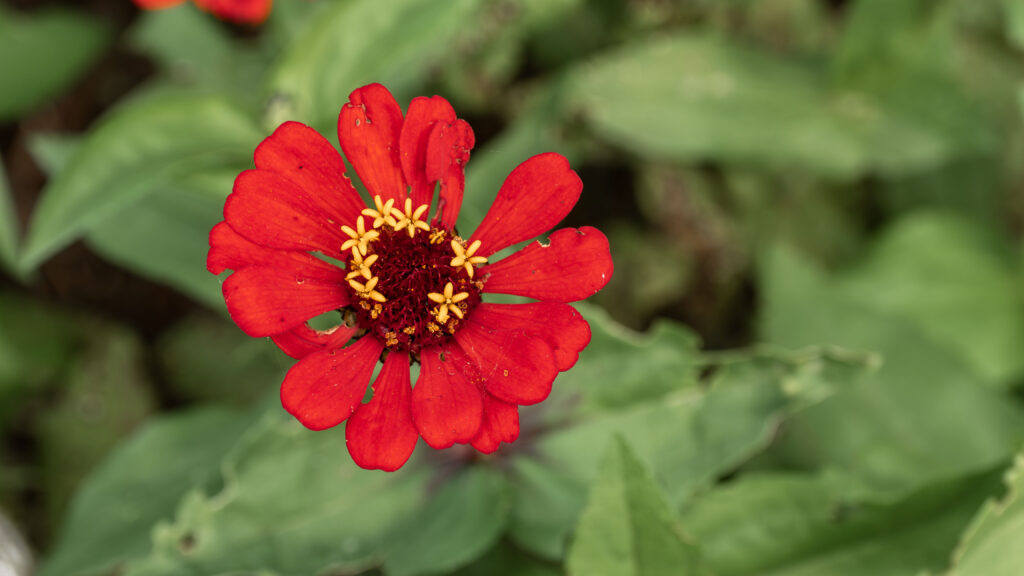

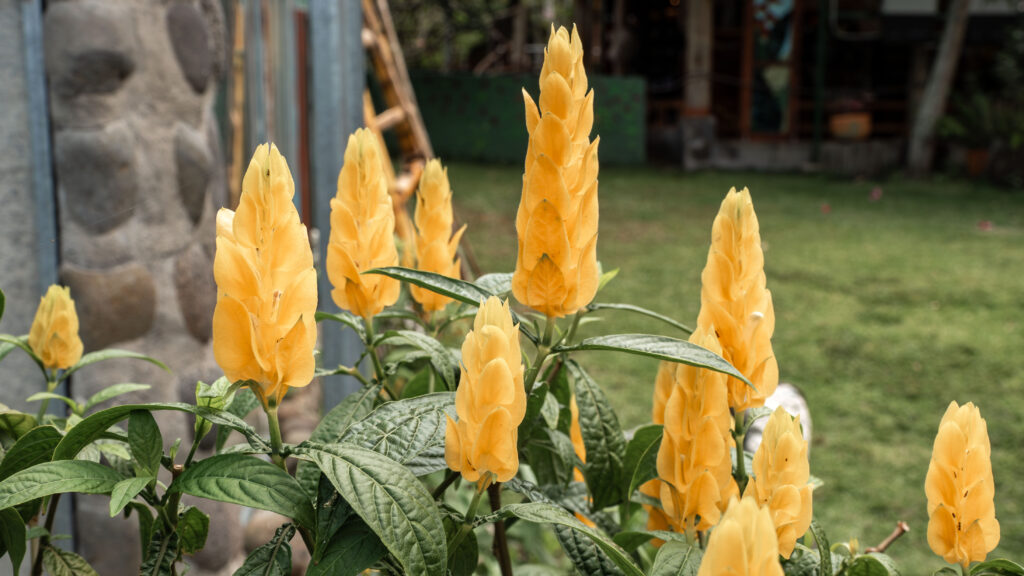



This is a completely valid argument. “hands off”No touching or handling of wildlife is allowed. I love that the Toucan Rescue Ranch has been a leader of the #StopAnimalSelfies campaign and shows how its visitors can embrace ethical wildlife tourism.
Partnership with the Sloth Institute of Costa Rica
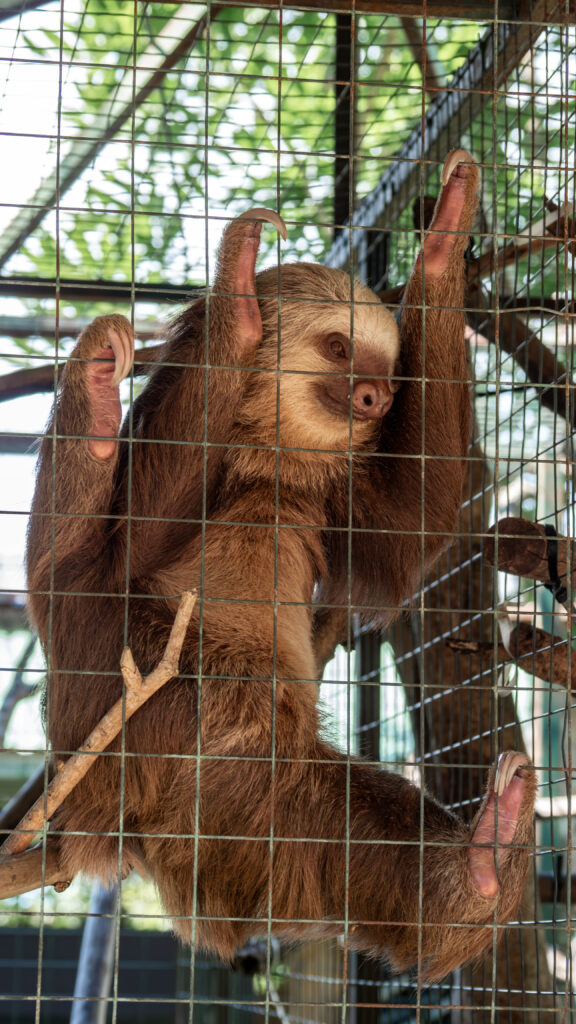

Toucan Rescue Ranch partners with the Sloth Institute of Costa RicaSaving Sloths Together. By joining forces, the Sloth Institute of Costa Rica (SICR) and the Toucan Rescue Ranch hope to give each sloth a chance to live in nature.
Three goals are set for the organization: research on captive and wild sloths; collaborations with other organizations and sanctuaries that help sloths around the world; and education of the public about sloths and how to treat them responsibly.
Toucan Rescue Ranch runs a program of rescue, rehabiliation and release called “Sloth University”. A sloth must go through a series of stages before they can be released back into the wild.
Sloths are permanently resident at the Toucan Rescue Ranch for many reasons. Some sloths depend too much on humans for food, care and attention and will not be able to return into the wild. Sloth University has had many successful sloths return to the wild.
Why do Sloths need our help?
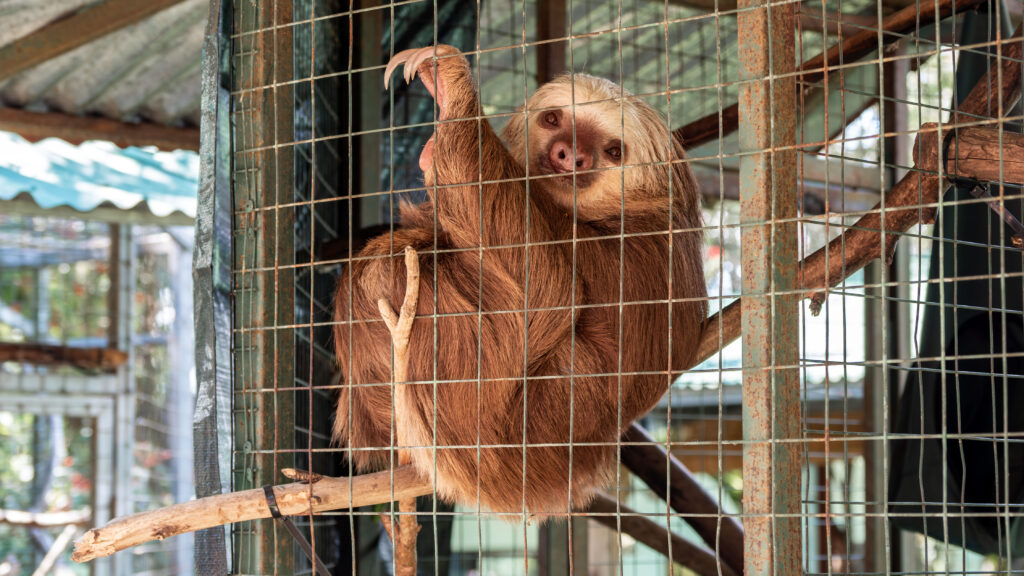

Sloths need help. They need tall trees to survive. Sloth populations are negatively impacted by habitat destruction, and housing developments.
Sloths are threatened by the illegal wildlife trade, as well as sloths being taken from the wild to be used in roadside zoos and tourist selfies. They can even be kept as pets. While sloths aren’t an endangered species just yet, they are on the road to becoming endangered.
What can we all do? Support organizations like Toucan Rescue Ranch. Traveling to Costa Rica or Central America? Only donate your tourism dollars to reputable refuges. Don’t visit unreputable places that allow you to hold or hug sloths.
Why should I never hold a sloth?
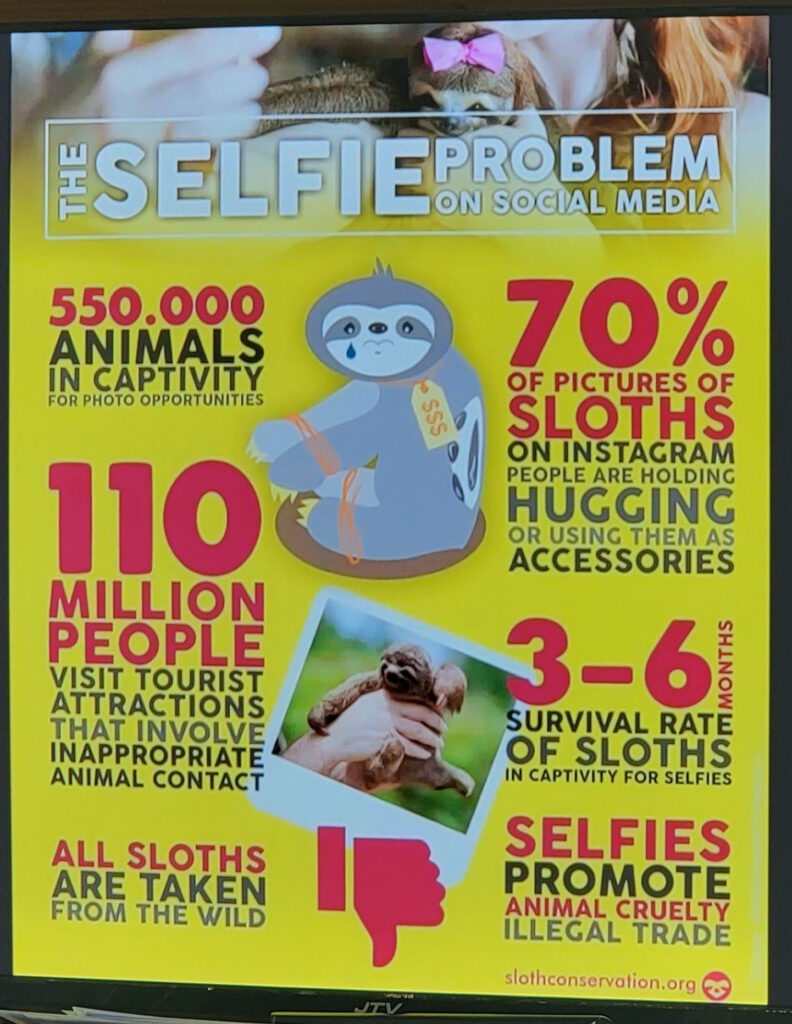

You will never have the chance to hold or hug sloths at the Toucan Rescue Ranch. It is for the sloths’ sake, of course. If you ever visit a “sanctuary” or a zoo that allows you to hold or hug sloths, it’s an immediate red flag that this is not a good place for the animals and you should not support it.
I’m so grateful that the Toucan Rescue Ranch shares these facts about holding or hugging sloths with its visitors. Educating people is important. Most people don’t know that you shouldn’t hold a sloth and when presented with the chance, how could you resist? They’re so cute!
Please, never, never, Never hug a slothTake a selfie or a video with a sloth. Touching a sloth can be very stressful. Imagine how stressful it would have been for them to be touched by humans hundreds of times a day.
Sloths are wild creatures. They can bite and scratch you, resulting in the transmission of zoonotic illnesses. Sloths can also be stressed out by loud noises or sudden movements.
Social media has a problem with sloth selfies. Here are some startling statistics:
- 70% of sloths photos on Instagram are of people hugging, or using them for accessories.
- Every year, 110 million people visit tourist sites that allow inappropriate animal contact.
- There are 550,000 animals in captivity that can be photographed
- Survival rate for sloths in captivity for selfies averages only 3 – 6 months
- Selfies with sloths to promote animal cruelty and illegal wildlife trade
- All sloths are taken out of the wild
How to Recognize Reputable Sanctuary
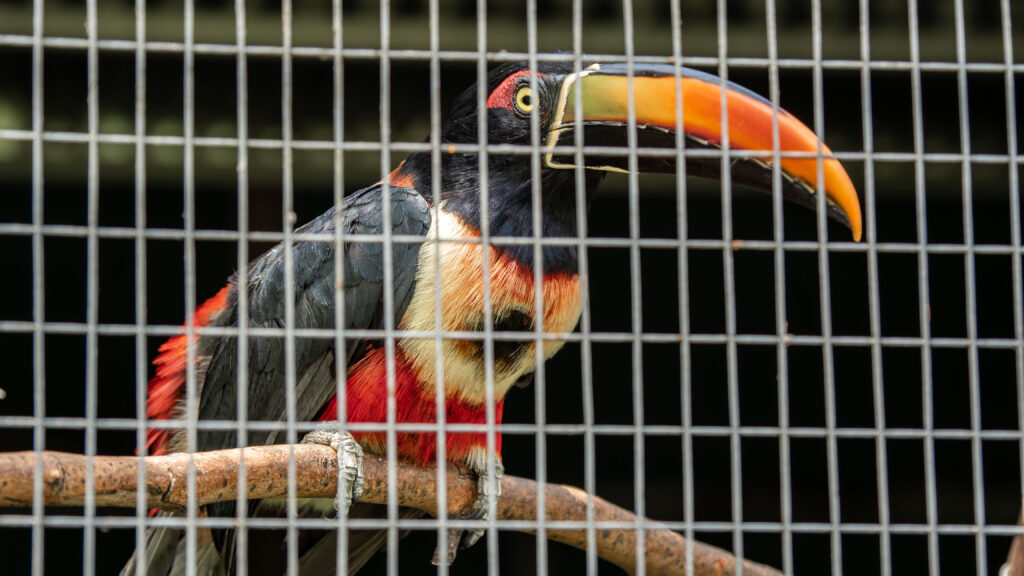

Just because a property is labeled as a sanctuary doesn’t mean that it actually is one. There are many places around the world which call themselves animal sanctuaries but are far from being one.
World Animal Protection has developed Checklists that are easy to understandIt is possible to determine if the sanctuary you are visiting is genuine. Start with the question, “where do the animals come from”We want to ensure that animals are not taken out of the wild unless they’re injured.
They should not buy and sell animals. The organization won’t breed animals unless they are being released into the wild to help their populations increase. Finally, the sanctuary won’t accept more animals that it can manage.
The staff is properly trained to care for animals every day. The animals receive proper care, have access to veterinarians 24 hours a day and have 24/7 access to them. The sanctuary should not use wild animals as entertainment (shows, tricks and rides, selfies and hugging) or to make money.
A reputable sanctuary exists solely to help and care for animals. The best sanctuaries care for animals that cannot be returned to the wild and rehabilitate them and release those that can.
The Toucan Rescue Ranch is also a great place to visit. I volunteered for ARCAS in GuatemalaHelping to rehabilitate wild animals. They’re an amazing organization. If you’d like to volunteer helping animals in Guatemala, take a look at my blog post for more details and check out the volunteer program offered by Animal Experience InternationalI was a fan of what I did!).
How to help the Toucan Rescue Ranch
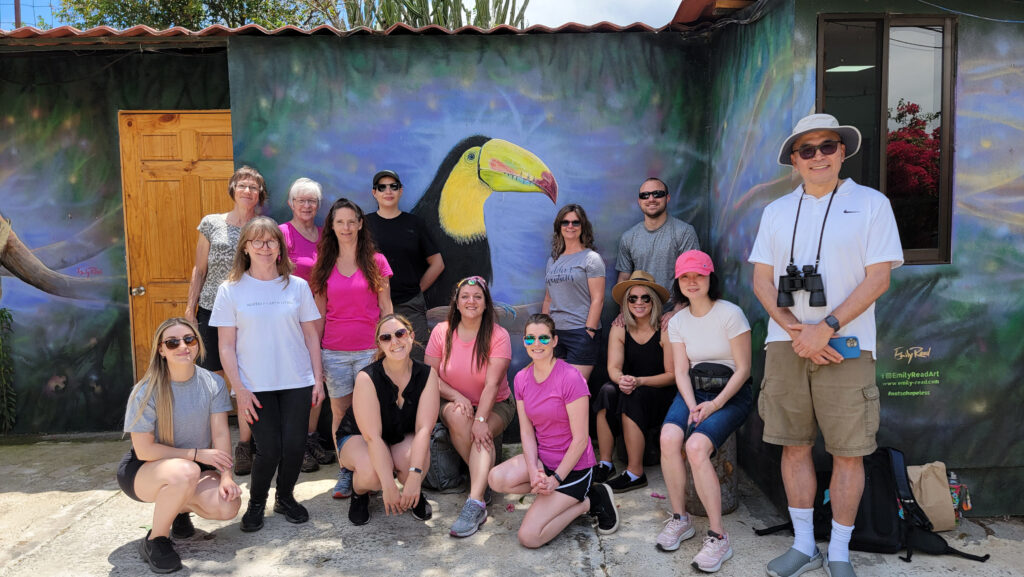

There are many ways to support the Toucan Rescue Ranch. Visits to this sanctuary generate tourism dollars that help the rescue center. You can also donate to the care of an animal or adopt it symbolically. If you can’t travel to Costa Rica right now, sign up for a virtual tour through their website.
Toucan Rescue Ranch needs interns and volunteers! You must be able to commit to at least four weeks / 20 days of volunteering, though they prefer you to volunteer for a longer amount of time if it’s possible.
By volunteering, you’ll be working for the wildlife and providing care for the animals. Here are some ideas. more detailsToucan Rescue Ranch has a volunteer program. While I haven’t volunteered here (I only visited for the tour), I’ve volunteered helping animals in GuatemalaThe following are some examples of how to get started: KenyaIn the past. It’s an extremely rewarding experience and I highly recommend it.
More Blog Posts on Costa Rica
Are you planning a vacation to Costa Rica? Please check out our other blog posts on Costa Rica to plan your trip there:
Follow us on Social Media!
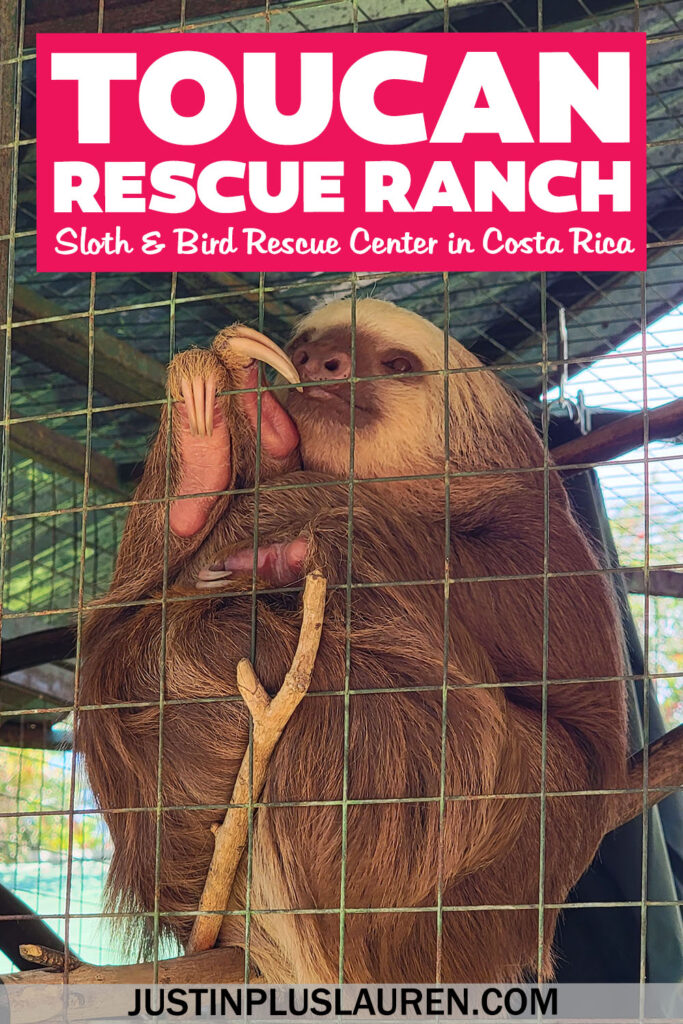

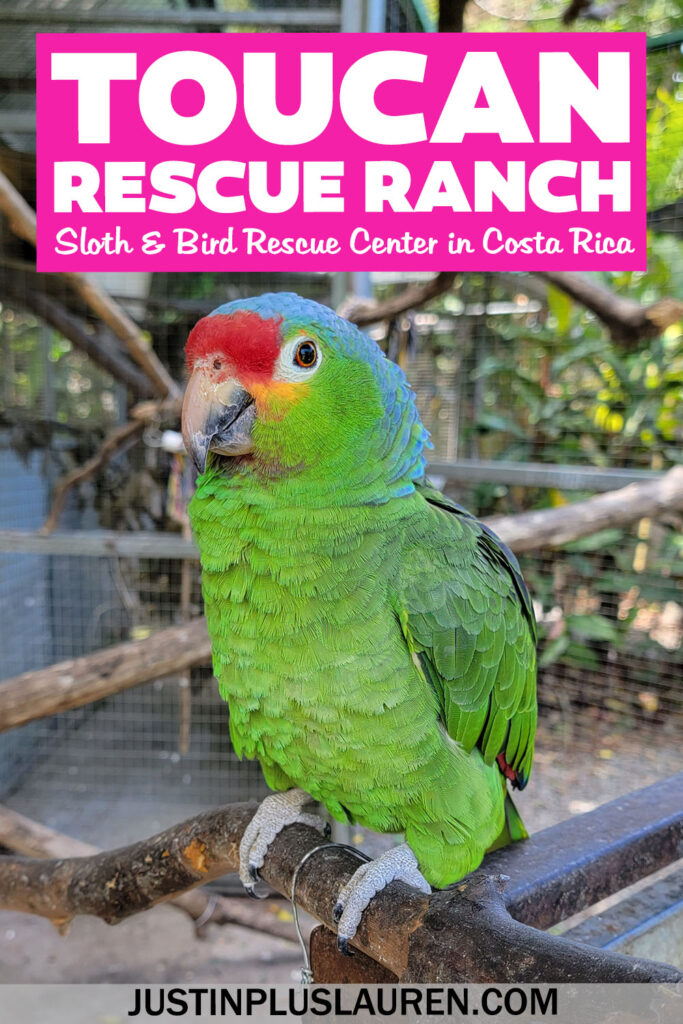

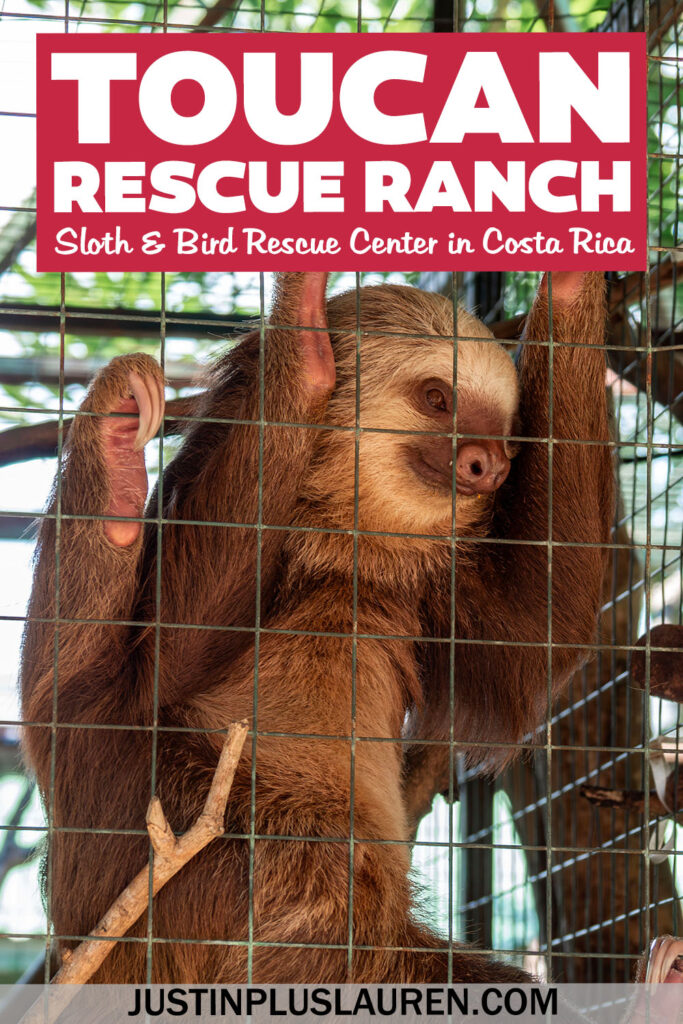



Lauren is the full time travel blogger behind Justin Plus Lauren. She founded Justin Plus Lauren back in 2013 and has traveled to more than 50 countries. Lauren is one of the first vegan travel bloggers and an expert in vegan travel. She is also interested in eco-friendly and sustainable travel as well as outdoor adventure.

‘ Credit:
Original content by Justinpluslauren.com “An Amazing Sloth Sanctuary”
Read the full article here https://justinpluslauren.com/toucan-rescue-ranch-costa-rica/
